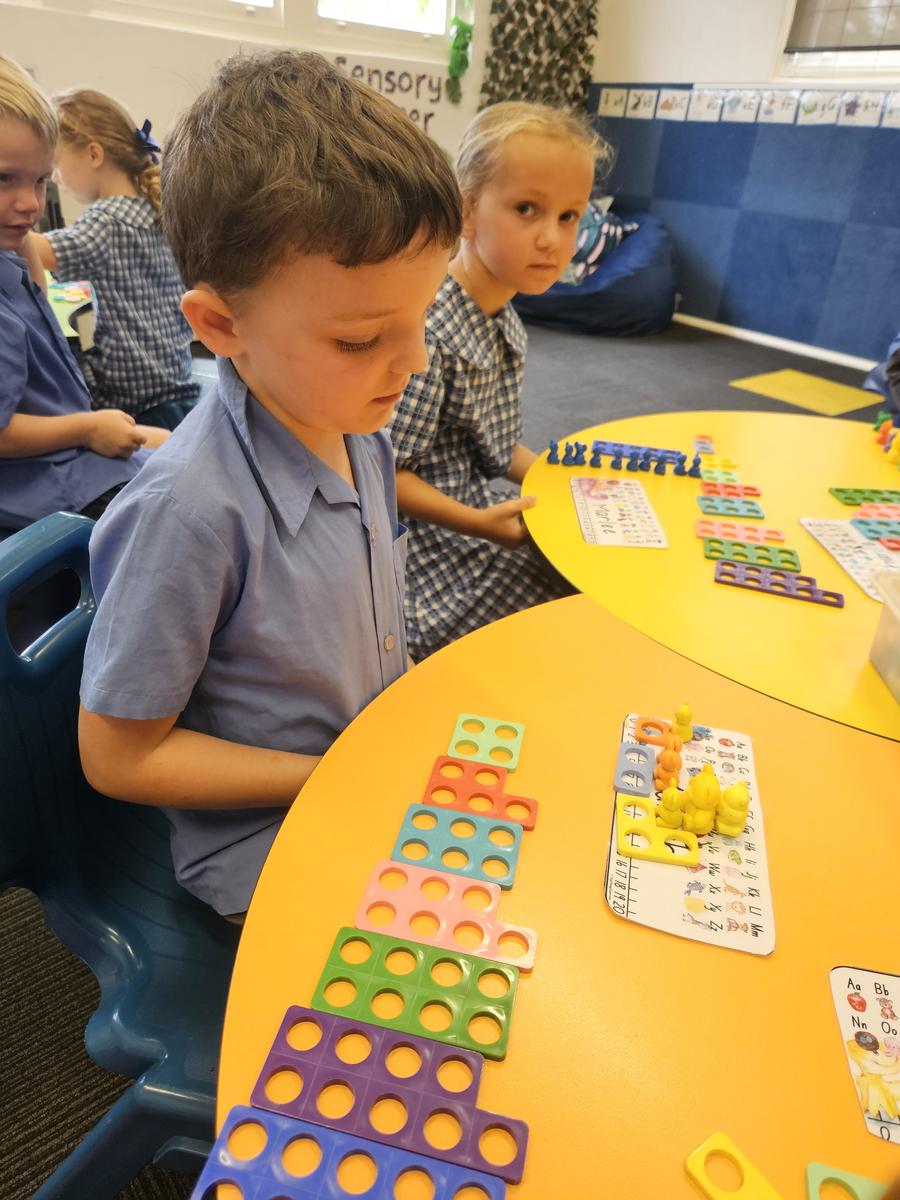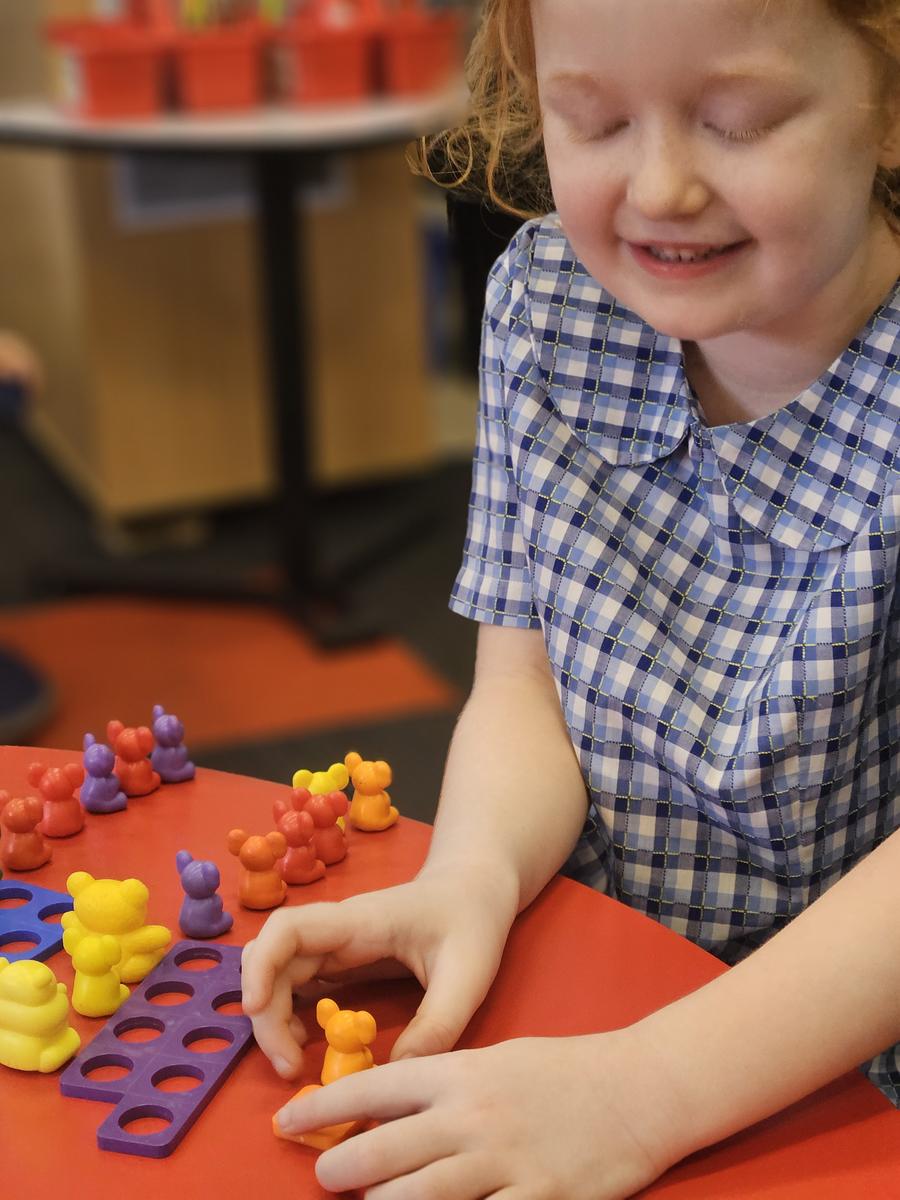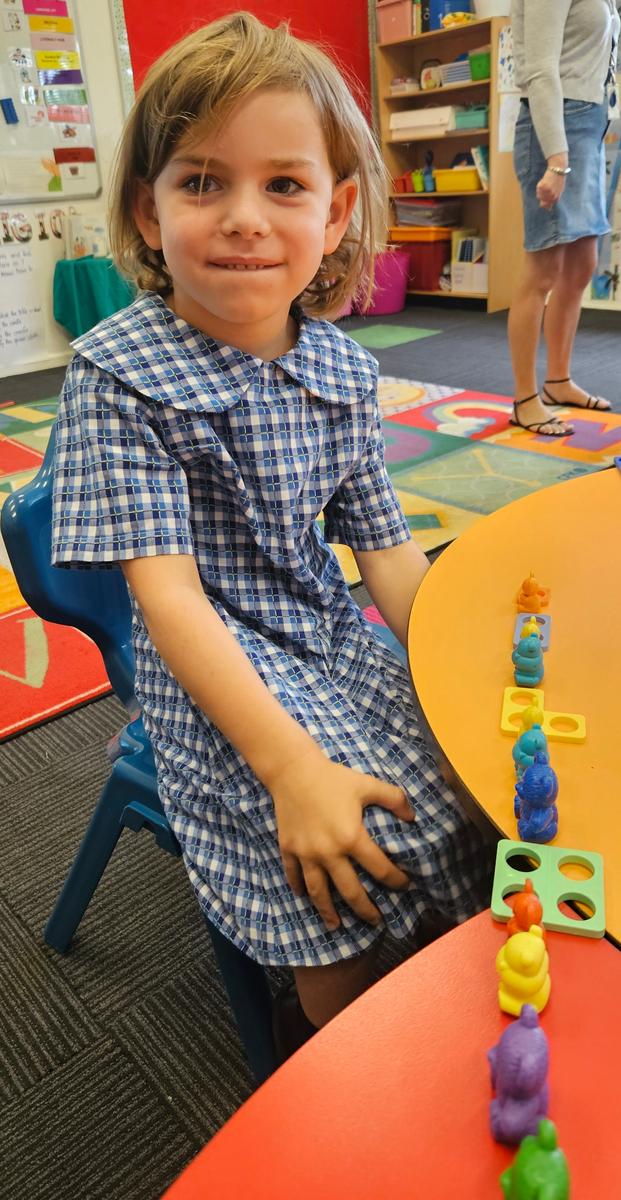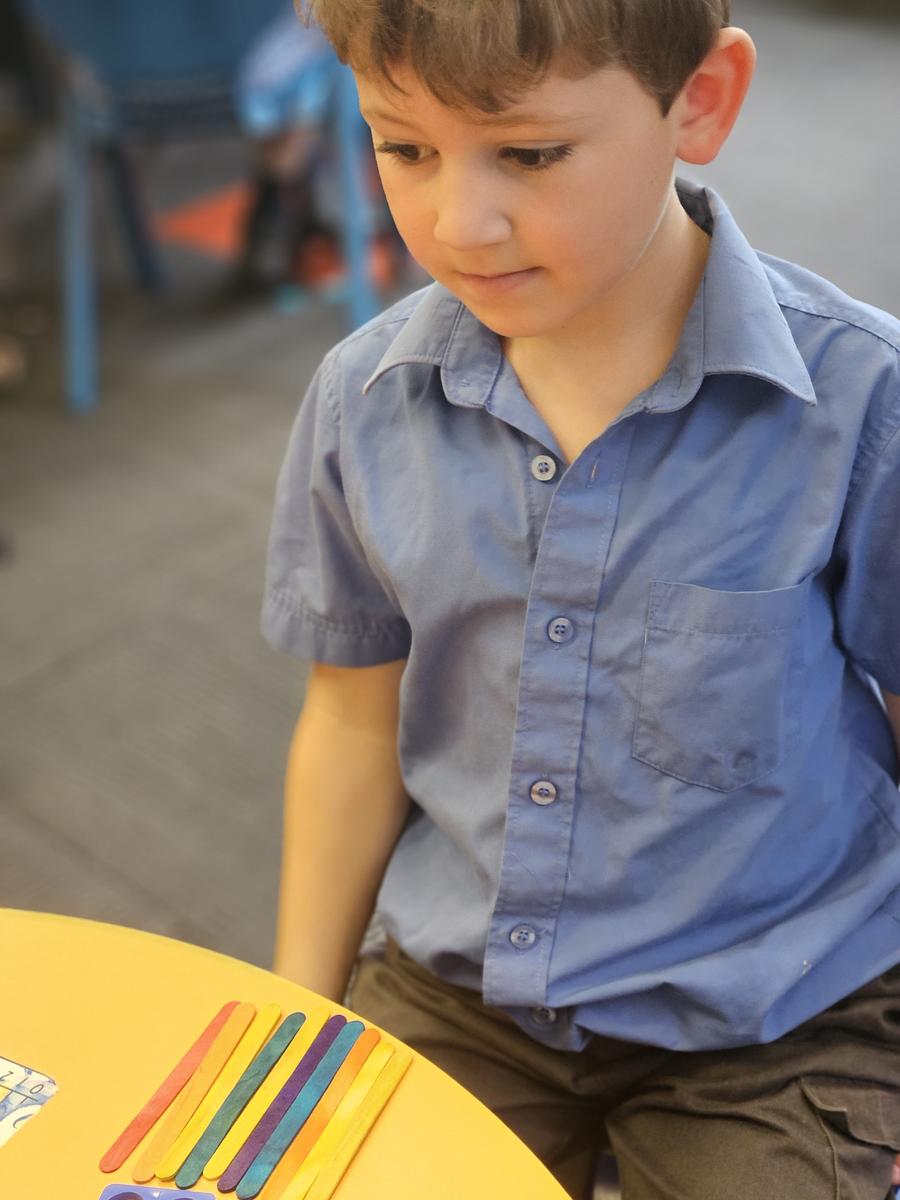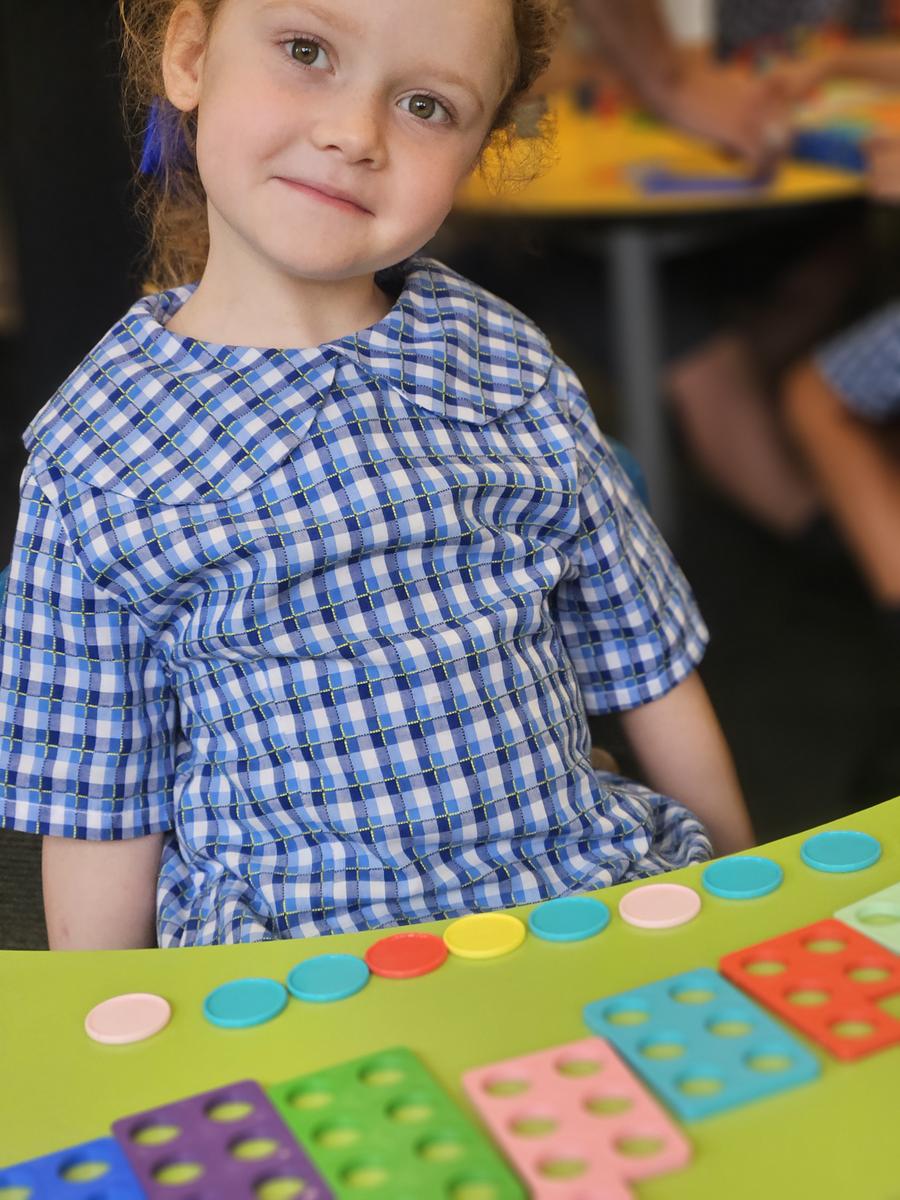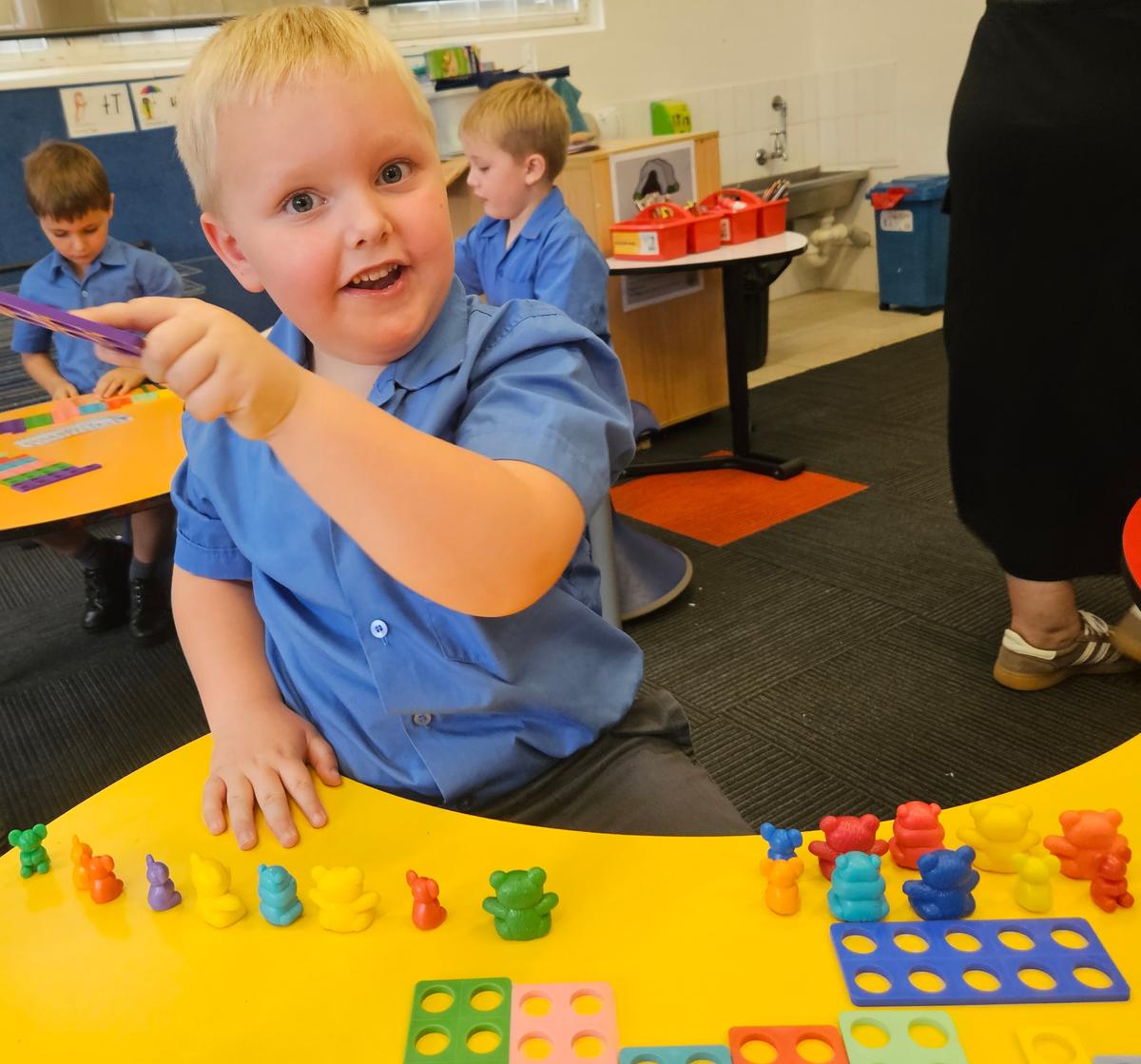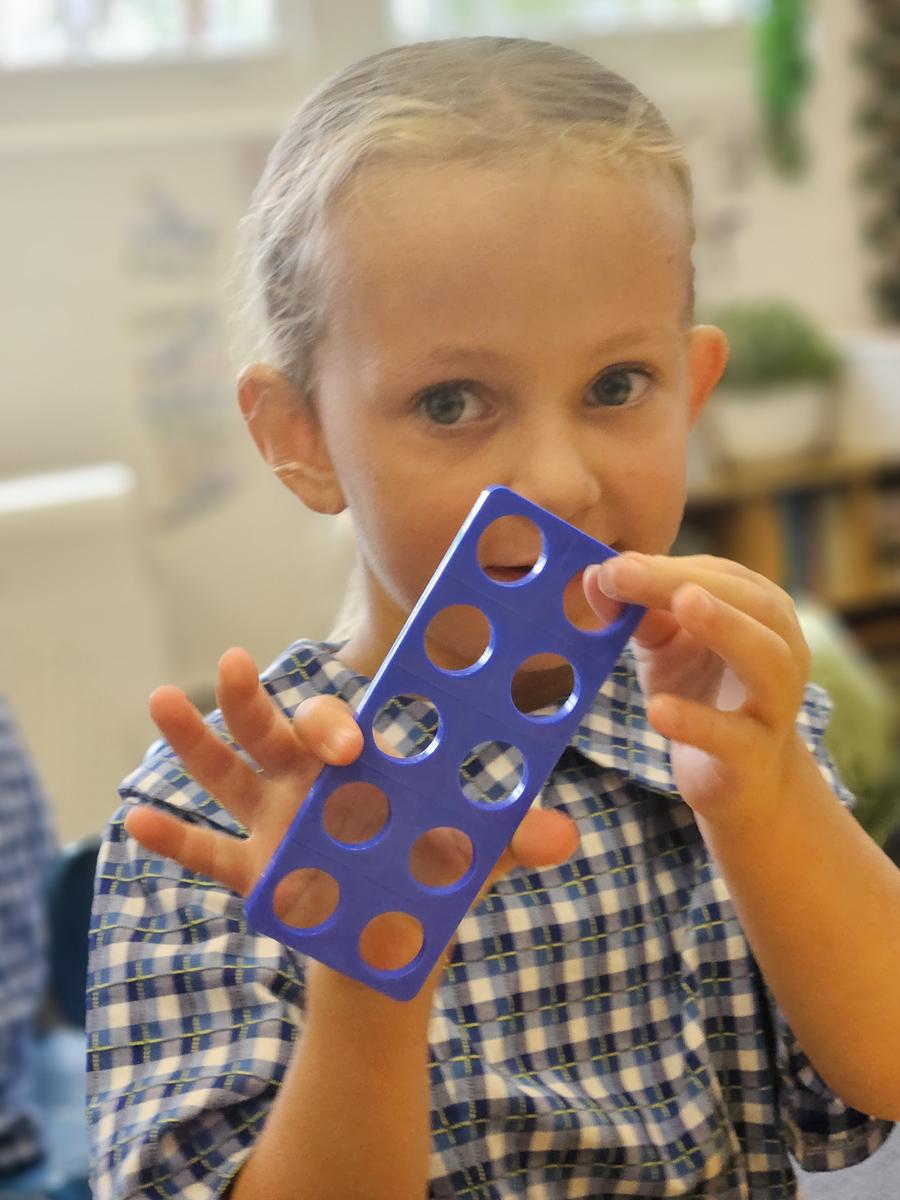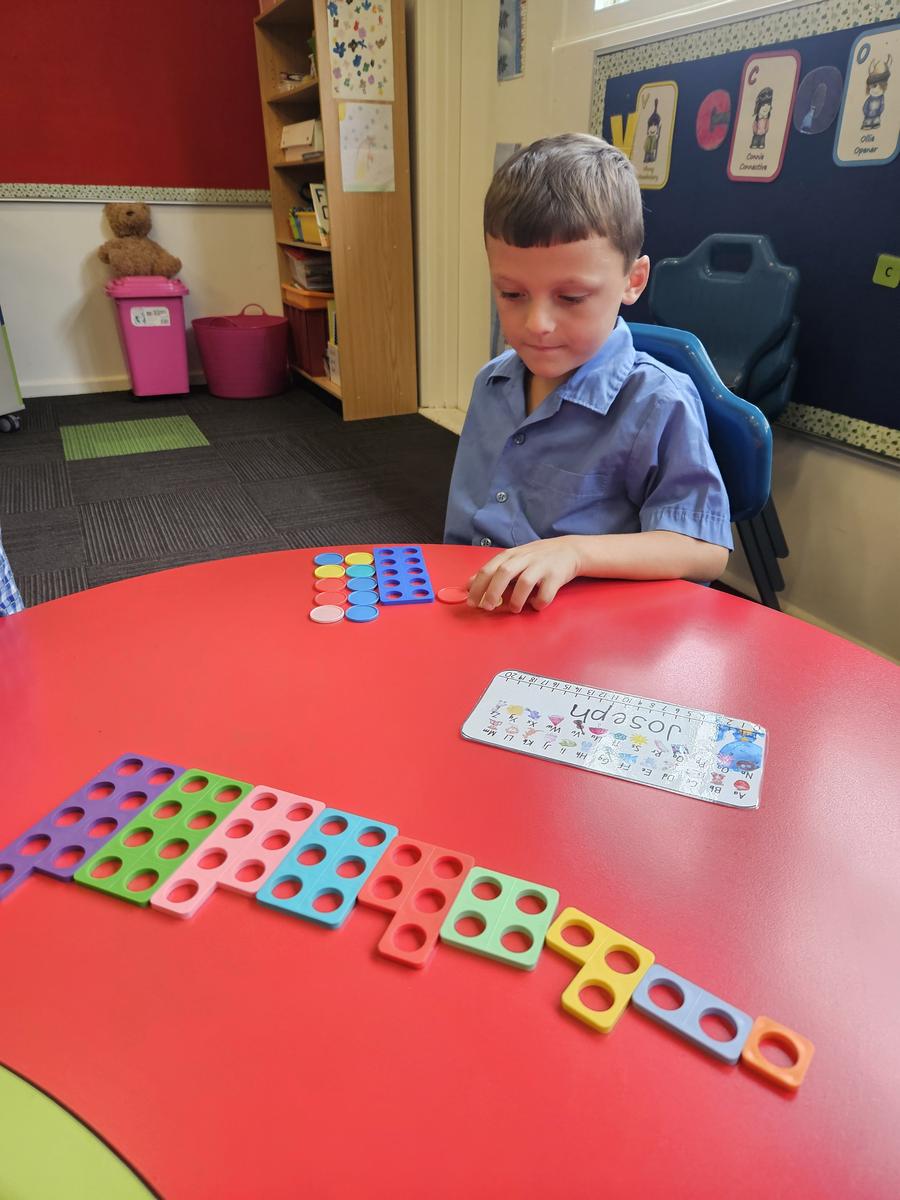Mathematics
Mrs Robyn Wilson - MaST - Mathematics Specialised Teacher
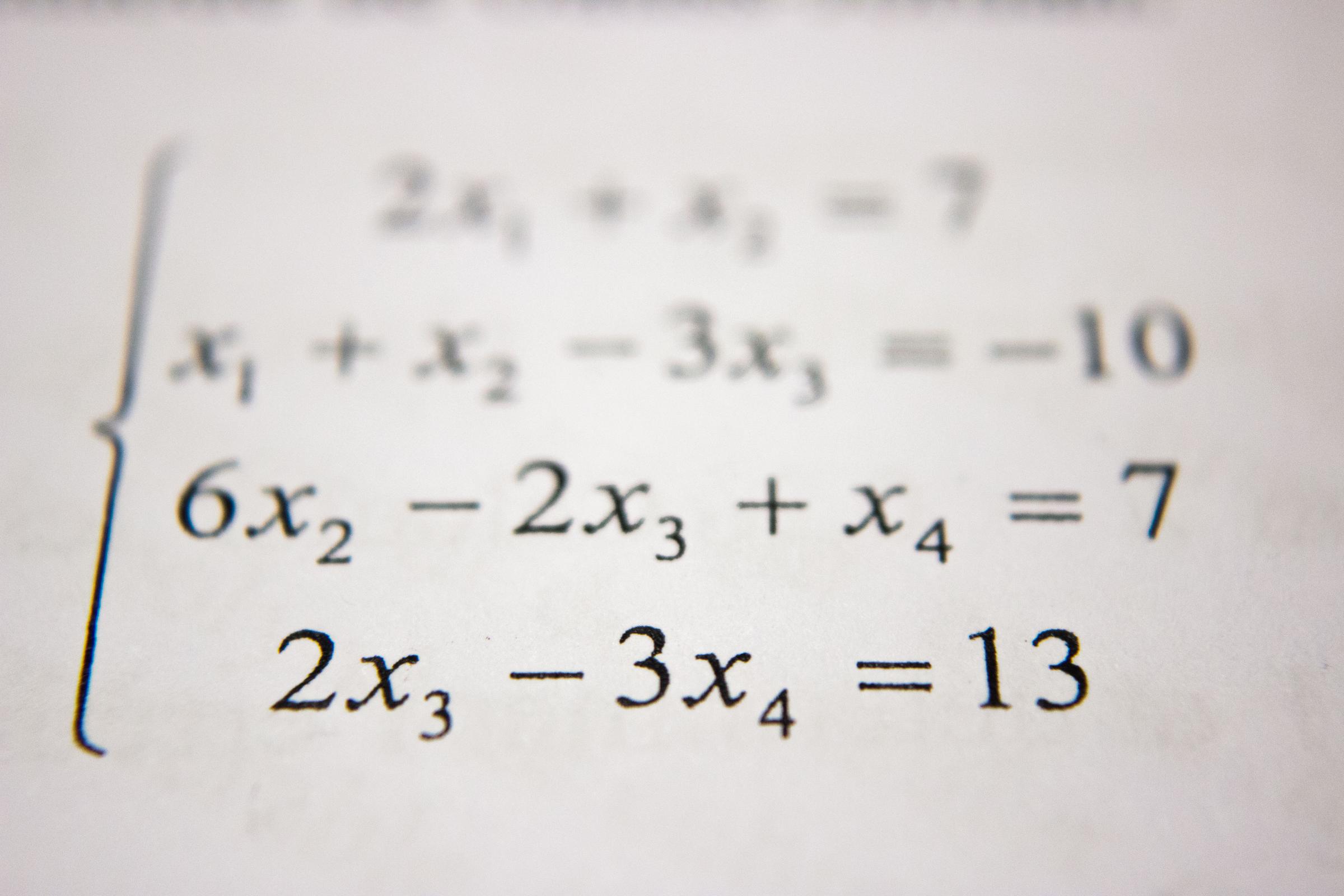
Mathematics
Mrs Robyn Wilson - MaST - Mathematics Specialised Teacher
Remember to make it fun and engaging by incorporating counting into daily activities, using manipulatives, flashcards, and games, and focusing on building number sense rather than rote memorization.
1. Make it a Part of Everyday Life:
2. Use Visual Aids and Manipulatives:
Number flashcards:
Use flashcards with numbers and corresponding quantities to help children recognize and count.
Counting manipulatives:
Use objects like blocks, counters, or beads to help children physically count and understand quantities.
Number charts and lines:
Use visual aids like number charts or number lines to help children learn the sequence of numbers.
3. Play Counting Games:
4. Focus on Number Sense:
Emphasize the meaning of numbers:
Help children understand that numbers represent quantities, not just symbols.
Use real-world examples:
Relate counting to everyday situations to help children understand the practical application of numbers.
Below the students are using Numicon and concrete materials to count to 10.
